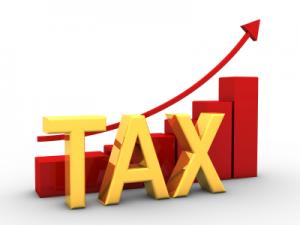Increase depends on land productivity
By Diego Flammini
Assistant Editor, North American Content
Farms.com
Farmers in Illinois may notice an increase in farmland taxes as they begin receiving their tax bills.
Jessica Grammer, manager at the Jackson County Farm Bureau told the Herald & Review that the increase is based on the land’s productivity index – which determines soil quality.
Parts of Southern Illinois have a productivity index ranging from 90 to 100, which is closer to the lower end, compared to Central Illinois which has many farms in the 120s.

The Illinois Farm Bureau estimates the lowest average index is 90 (valued at about $74.73 per acre) in Johnson County, and 125 (valued at about $522.88 per acre) in DeWitt and Piatt counties.
Ron Ellis, a Williamson County Commissioner told the Herald & Review that based on his math, farmland with a 91 index rating could see a 37 per cent increase in the first year and a 77 per cent increase in the second year.
Jim Anderson, a farmer from Williamson County, said farmers in the northern part of the state have better lands and therefore should pay more.
“Their soil is a higher quality, so they can sell it at a higher prices,” he told the Herald & Review. “With the exception of land costs, we have the same expenses in equipment … and time.”
Anderson explained a scenario where it costs a farmer $400 to plant an acre of corn, which produces 150 bushels. At $4/bushel it can take 100 bushels to break even and he would need an extra 50 bushels to make money.